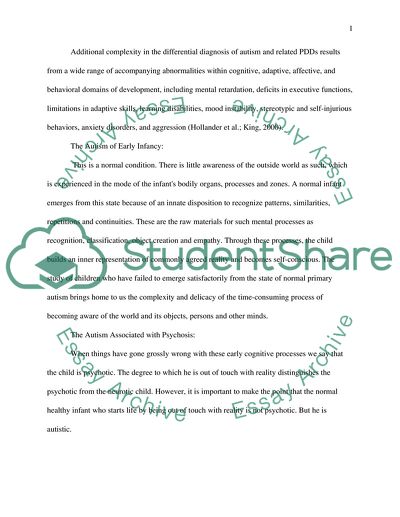Cite this document
(“Autism Essay Example | Topics and Well Written Essays - 2000 words”, n.d.)
Autism Essay Example | Topics and Well Written Essays - 2000 words. Retrieved from https://studentshare.org/education/1535166-autism
Autism Essay Example | Topics and Well Written Essays - 2000 words. Retrieved from https://studentshare.org/education/1535166-autism
(Autism Essay Example | Topics and Well Written Essays - 2000 Words)
Autism Essay Example | Topics and Well Written Essays - 2000 Words. https://studentshare.org/education/1535166-autism.
Autism Essay Example | Topics and Well Written Essays - 2000 Words. https://studentshare.org/education/1535166-autism.
“Autism Essay Example | Topics and Well Written Essays - 2000 Words”, n.d. https://studentshare.org/education/1535166-autism.


